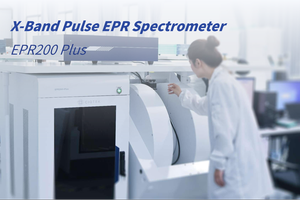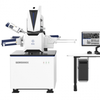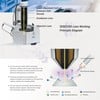EPR Technology Application in the Soil Environment
Featured Product from CIQTEK Co., Ltd

Application of EPR Technique for the Detection of EPFRs
EPR spectroscopy is extremely sensitive to unpaired electrons, and a directly measurement of signals from these radicals make it an ideal method for monitoring the presence of EPFRs in different samples. For the detection of EPFRs, EPR (ESR) spectroscopy provides information in both spatial and temporal dimensions. By measuring and analyzing the continuous-wave EPR spectra of samples, the researchers are able to not only verifying the presence of radicals but also obtain g-values and hyperfine coupling constants of electrons, which can be used for inferring electronic structure of measured molecules. The temporal resolution refers to the half-life of EPFRs, which can also be obtained from monitoring their EPR signals over time.
Application of EPR Technology in Detecting EPFRs in the Soil Environment
Petroleum processing, storage, transportation, and possible leakage from storage tanks are all susceptible to soil contamination. Although thermal treatment techniques can be used to remediate soils contaminated by various volatile, semi-volatile, pesticides and pentachlorophenol (PCP) , heating may alter soil physicochemical properties. The effect of low-temperature thermal treatment on PCPs and EPFRs in soils can be studied using EPR techniques.










